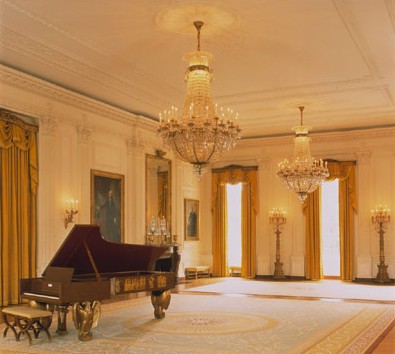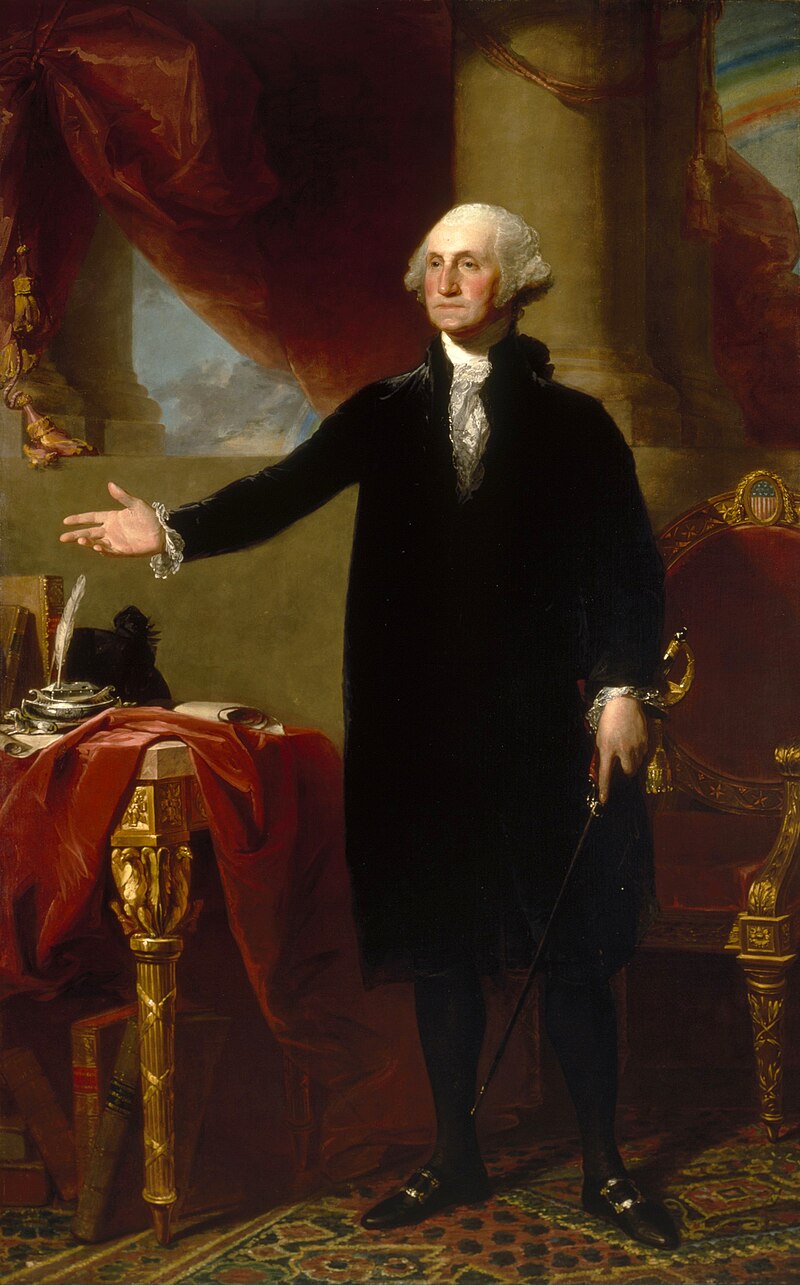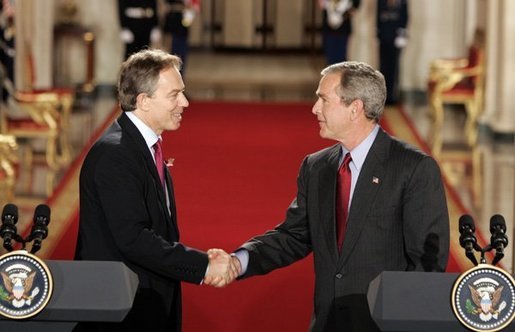By Jennifer Uhlarik
Have you ever thought about the men in American history who distinguished themselves as military generals before they went on to become United States Presidents? I’m sure most of us can name a few, but I was surprised to learn that there were, in fact, ten who served this nation in both capacities. How many can you name? This month, we’ll take a look at the first half of that list, and we’ll finish it during my post in May.
George Washington
This one was easy, right? Everyone remembers the United States’ first president. Born in Pope’s Creek, Virginia Colony, on February 22, 1732, Washington first rose to prominence as the surveyor of Culpepper County in 1749. He went on to lead the Virginia Regiment in the French and Indian War in the 1750s, served in the Continental Congress in the 1770s, and from there was appointed as the Commander-in-Chief of the Continental Army from 1775-1783. During that time, he fearlessly led the fledgling American army through fierce battles with few supplies. He and his troops faced illness, starvation, and injury, but ultimately came out victorious.
Once the fighting was done, Washington returned to civilian life, only to see the need to replace the Articles of Confederation (America’s first Constitution) with a better version of the document. While he wished for this to be done, it wasn’t his desire to be part of the process, though many urged him to. He finally succumbed to the pressure and not only attended, but presided, over the convention in 1787. And once America’s new Constitution was ratified, Washington was elected the country’s first President. He served two terms from 1789 until 1797, then retired from public office. He lived for only a few years more and died on December 14, 1799, at the age of 67.
Andrew Jackson
This is a controversial one. Andrew Jackson was America’s seventh president, serving in that office from 1829 to 1837. But before he took the country’s most prestigious office, he made a name for himself as a frontier lawyer, planter, and a military man. He played some roles in the American Revolution as a young teen, but his military service began in earnest in 1801, when he was named a colonel over the Tennessee militia—and within a year, commander of the same force. He later went on to fight in the Creek War, starting in 1813, and he was the commanding general who defeated the British in the Battle of New Orleans. He continued his military service during the First Seminole Indian War of the 1820s and was eventually elected to the Presidency in 1828. But he is often remembered for his harsh treatment of the Native Americans, both in the Creek and Seminole Wars, and during his presidency when he signed the “Indian Removal Act of 1830.”
William Henry Harrison
From an early age, it seemed William Henry Harrison was on track to enjoy life in the medical field—although both his distaste for that line of study and his father’s death derailed the plan. Instead, he opted for a life in the military, beginning in 1791. Starting out as an ensign in the First American Regiment of the Army, he was promoted to lieutenant within a year, and found himself on the frontier during the Northwest Indian War. He was made aide-de-camp (i.e. a personal assistant) to Major General “Mad Anthony” Wayne, and learned how to lead. After a stint as the territorial governor of Indiana, he returned to military life and was elevated to the rank of General during the War of 1812. He is best known for his victory during the Battle of the Thames in October 1813. He returned to civilian life for a time, but in 1836, ran for President. He lost that year but ran again in 1840 and won. Of all the American presidents, Harrison had the shortest presidency, lasting only thirty-one days. He fell ill after he took a walk to town, in which he got caught in a rainstorm without coat or hat and didn’t change to dry clothing after returning to the White House. He quickly came down with cold-like symptoms which deteriorated to a pneumonia-like illness. He died nine days after he fell ill and exactly one month after assuming the role of President.
Zachary Taylor
Another career military man, Zachary Taylor served in multiple wars. He was first commissioned by President Thomas Jefferson in 1808 at the rank of First Lieutenant. He served in the War of 1812, receiving the first brevet (temporary) promotion in the American military—to the rank of Major. Later, he served in the Black Hawk War, the Second Seminole Indian War, and the Mexican-American War (where he earned the rank of major general). Because of his humane treatment of Mexican prisoners of war and giving last rights to both the American and Mexican dead, he became quite popular, and his defeat of Santa Anna at the Battle of Buena Vista in July of 1847 cemented that popularity. Returning home to the United States in late 1847, his popularity carried him straight to a presidential victory in the 1848 election. However, his presidency lasted only sixteen months. Only July 4, 1850, he fell ill with stomach issues and died five days later.
Andrew Johnson
Hailing from a poor family, Johnson originally learned the skills of a tailor, but eventually worked his way into politics. He was a town mayor, served brief terms in both sides of the Tennessee State legislature, then moved on to the National House of Representatives where he served ten years (five consecutive terms). He went on to become governor of Tennessee and returned to Congress as a Senator after that. During his time in the Senate, the Southern states began seceding from the Union. Johnson, a man firmly loyal to the Union, was the only Southern Senator who did not resign his position—and Abraham Lincoln rewarded him for his faithfulness. He was appointed by the sitting president as Military Governor of Tennessee—at the rank of General—in 1862. By 1864, Johnson was the natural choice to become Lincoln’s running mate, both for his loyalty and to show national unity during his second term. The pair won the 1864 election, but as we all know, Lincoln was assassinated in April 1865, so Johnson became president in his place. He served until 1869, but his presidency was not without controversy. During all the upheaval after the Civil War, the arguing factions took some of their aggression out on Johnson, and he was impeached by the House of Representatives—though the Senate acquitted him, allowing him to remain in office.
It's Your Turn: Were you aware there were ten U.S. Presidents who had risen to the rank of General before attaining the nation’s highest office? Of the five listed above, which do you find most impressive, and why? Leave your response in order to be entered in the drawing for this adorable sign.
Award-winning, best-selling novelist Jennifer Uhlarik has loved the western genre since she read her first Louis L’Amour novel. She penned her first western while earning a writing degree from University of Tampa. Jennifer lives near Tampa with her husband, son, and furbabies. www.jenniferuhlarik.com
AVAILABLE NOW
Love’s Fortress by Jennifer Uhlarik
A Friendship From the Past Brings Closure to Dani’s Fractured Family
When Dani Sango’s art forger father passes away, Dani inherits his home. There, she finds a book of Native American drawings, which leads her to seek museum curator Brad Osgood’s help to decipher the ledger art. Why would her father have this book? Is it another forgery?
Brad Osgood longs to provide his four-year-old niece, Brynn, the safe home she desperately deserves. The last thing he needs is more drama, especially from a forger’s daughter. But when the two meet “accidentally” at St. Augustine’s 350-year-old Spanish fort, he can’t refuse the intriguing woman.
Broken Bow is among seventy-three Plains Indians transported to Florida in 1875 for incarceration at ancient Fort Marion. Sally Jo Harris and Luke Worthing dream of serving on a foreign mission field, but when the Indians reach St. Augustine, God changes their plans. However, when Sally Jo’s friendship with Broken Bow leads to false accusations, it could cost them their lives.
Can Dani discover how Broken Bow and Sally Jo’s story ends and how it impacted her father’s life?



































